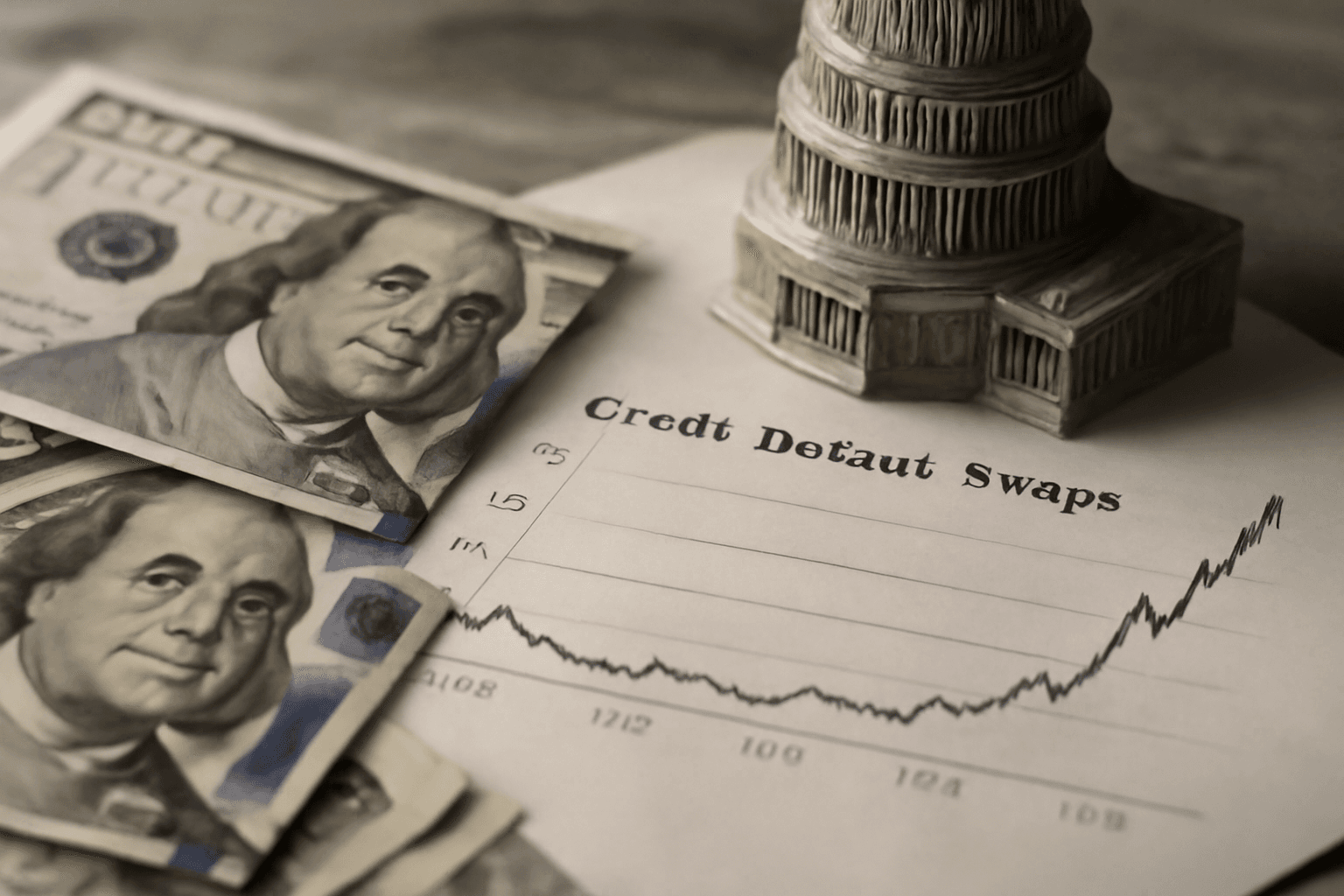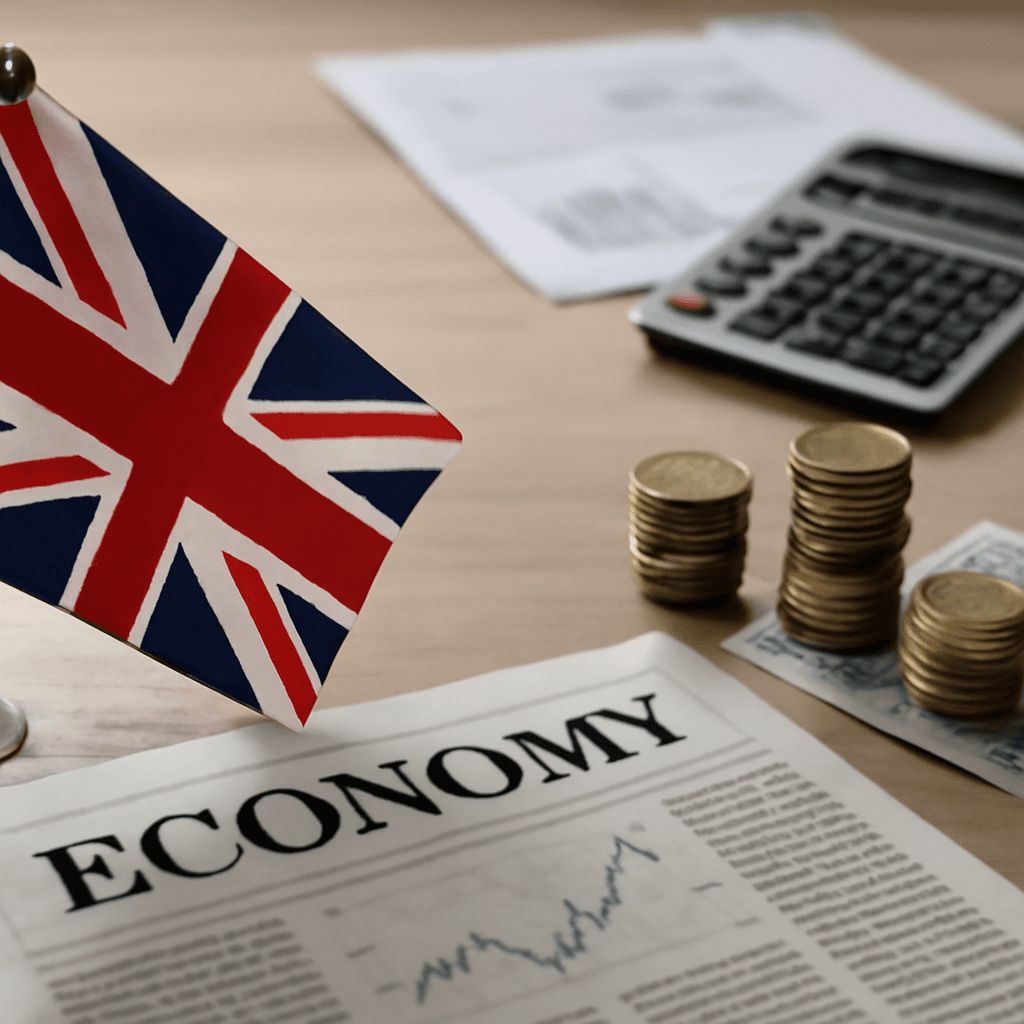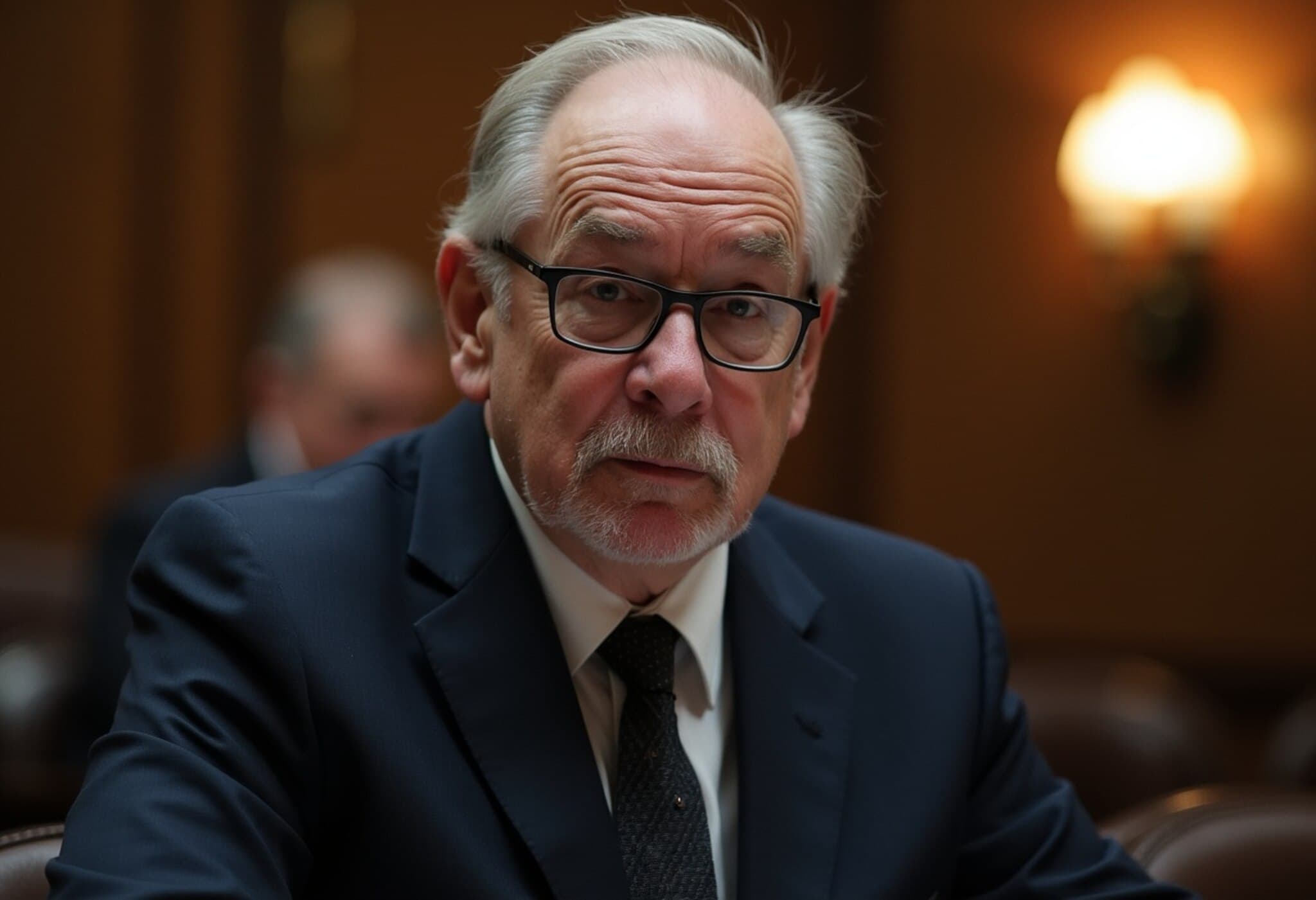UK Government’s Spending Surge Raises Alarm Over Debt Costs
UK Finance Minister Rachel Reeves recently unveiled ambitious plans to boost public spending across defense, healthcare, infrastructure, and other vital sectors. However, these proposals come amid a puzzling economic backdrop, with official data showing that the UK economy actually contracted in April. This mismatch has raised red flags among market experts about the sustainability of funding these commitments without triggering sharply higher borrowing costs.
Balancing Act: Tax Hikes or Soaring Debt?
With slower economic growth limiting revenue increases, the government faces two clear paths to finance its expanded budget: raise taxes or increase borrowing. Typically, the UK government issues bonds known as gilts to borrow funds, with investors lending money in exchange for periodic interest payments known as yields. Notably, gilt yields and bond prices move inversely, and this year’s market volatility has kept yields elevated.
Currently, long-term borrowing costs remain stubbornly high, with yields on 10-year and 30-year gilts hovering above 5%. This suggests investors demand higher compensation for lending to the government amid economic uncertainty.
Soaring Interest Costs Worsen Debt Servicing
The government’s official forecasts now estimate an increase in national debt servicing costs by £9.4 billion in the 2025 fiscal year, with annual interest reaching a staggering £111 billion by 2026. This is £2.5 billion more than expected just months ago, underscoring the tightening fiscal squeeze.
Despite announcing these increases, Finance Minister Reeves has yet to detail how the spending surge will be financed. Earlier indications suggested a combination of tax hikes and borrowing, yet she vowed no further tax increases for the remainder of the current Labour government term.
Experts Warn of a “Snowball Effect” on Government Debt
Economists caution that the UK may need to further ramp up defense spending in response to NATO’s push for member states to spend up to 5% of GDP on military capabilities. Coupled with potential downward revisions to economic forecasts, these factors could trigger higher borrowing needs and lower tax revenues.
Market analysts fear a vicious cycle: as debt grows, rising interest payments could spook investors into selling gilts, causing yields – and borrowing costs – to climb even higher, a phenomenon dubbed the “snowball effect.”
Political Figures Highlight Economic Fragility
Shadow Chancellor Mel Stride emphasized the precarious nature of the UK’s finances, noting that excessive borrowing fuels inflation and sustains elevated interest rates. He highlighted that £100 billion is spent annually just on debt servicing—double the defense budget.
Stride forecasted renewed tax increases in the next budget cycle to address fiscal gaps, warning that the current economic environment is ill-prepared to handle this level of borrowing without severe consequences.
Industry Voices: Limited Fiscal Headroom and Market Nervousness
Rufaro Chiriseri, head of fixed income at a leading wealth management firm, stressed that rising borrowing costs are squeezing the government's limited fiscal flexibility. She warned that if investor confidence wanes, it could trigger sharper selloffs in gilts, exacerbating the debt servicing challenge.
Iain Barnes, Chief Investment Officer at an investment company, echoed these views, pointing to the UK’s “fiscal fragility” and the narrow margin for maneuver as the government navigates economic uncertainties and market pressures.
Strategies to Manage Debt Costs
On a more optimistic note, April LaRusse, head of investment specialists at a major investment firm, highlighted the Debt Management Office’s ability to adjust the composition and maturity profile of gilt issuances. For instance, with average yields around 4% on 1-10 year gilts and about 5.2% on 15+ year gilts, refinancing and issuance strategies can somewhat mitigate borrowing costs.
Nonetheless, LaRusse acknowledged that government debt interest payments are estimated to consume roughly 3.5% of GDP this fiscal year. She cautioned that unchecked spending could intensify this fiscal pressure, driven by both higher interest rates and elevated expenditure.
Looking Ahead: Tough Choices Loom
The UK government finds itself at a crossroads: delivering on pressing public needs while managing the rising cost of debt in a fragile economic environment. How it balances taxation, spending, and borrowing in the months to come will be critical in charting the country’s financial stability and growth trajectory.



















